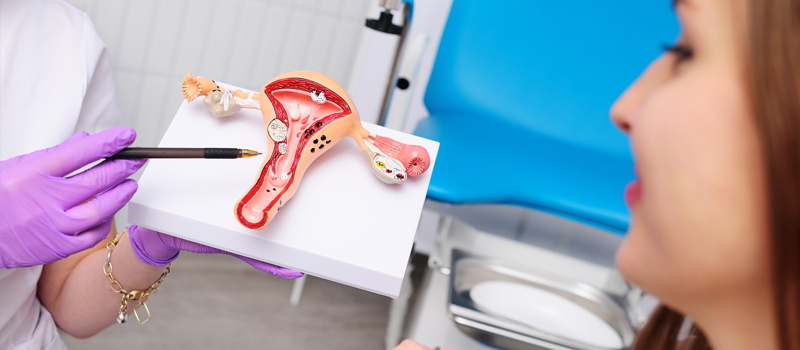
When it comes to your health, knowledge is power. Cervical cancer screening might be difficult to understand but knowing the procedure will ease your doubts. The pap smear and the HPV tests are the two most widely used methods of screening for cervical cancer. We’ll explore them so you can be aware of the health decisions you might take.
Cervical cancer screening is a common test to find the irregular changes in the cells of your cervix before the possibility of them becoming cancerous. These early detections can fix health issues quickly and possibly avoid cervical cancer. The two fundamental ways to do this include Pap smear and HPV test.
A Pap test or Pap smear is the examination of the cervix for abnormal cells. The procedure involves a healthcare provider collecting a tiny number of cells from your cervix with a gentle brush or spatula. These cells are then sent to a lab for further examination with a microscope.
The purpose of the test is to detect precancerous or cancerous cells. If the result of the test indicates the presence of any abnormal cells, you will need to undergo some other tests or treatments. The Pap smear is a tried-and-true method that has been saving lives for decades by identifying potential problems before they escalate.
The HPV test works a bit differently. It targets the existence of human papillomavirus (HPV) which is a frequently occurring sexually transmitted infection that can cause cervical cancer. The world contains different kinds of HPVs but only a specific set of those strains, which are the high-risk kind, can catch cervical cancer.
Like the Pap smear, the HPV test involves collecting a sample of cells from the cervix. However, instead of looking for abnormal cells, this test checks for the DNA of high-risk HPV strains. If HPV is detected, your healthcare provider may monitor you more closely or recommend further testing.
While both tests involve a similar procedure, they serve different purposes:
Sometimes, these tests are done together. This combination, called co-testing, provides a more comprehensive look at your cervical health.
Guidelines can vary, but here’s a general overview:
Your doctor might adjust these guidelines based on your personal health history or risk factors.
Cervical cancer screening is vital because it’s one of the best ways to detect early changes in the cervix. Cervical cancer often doesn’t show symptoms in its early stages, so regular screenings are essential. Early detection means early treatment, which can significantly improve outcomes.
A little preparation can make your screening more comfortable and effective. Here are some tips:
An abnormal result doesn’t necessarily mean you have cervical cancer. It might indicate:
Your healthcare provider will guide you through the next steps and ensure you get the care you need.
Screening is just one part of the equation. Here are additional ways to protect your cervical health: